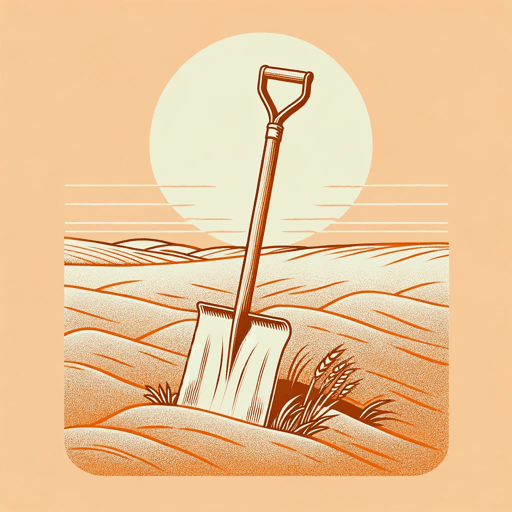33 pages • 1 hour read
John SteinbeckThe Harvest Gypsies: On the Road to the Grapes of Wrath
Nonfiction | Essay Collection | Adult | Published in 1936A modern alternative to SparkNotes and CliffsNotes, SuperSummary offers high-quality Study Guides with detailed chapter summaries and analysis of major themes, characters, and more.
Article 2Chapter Summaries & Analyses
Article 2 Summary
In this article, Steinbeck shed light on the poor conditions in the informal squatters’ camps where the migrants lived—typically on a riverbank or another source of water. Steinbeck wrote, “From a distance it looks like a city dump, and well it may, for the city dumps are the sources for the material of which it is built” (26). One standard house in the camp was 10 feet by 10 feet and made of corrugated paper. Wooden frames supported the walls. There was a dirt floor. The family—specifically, the wife—washed clothes in the river. The family consisted of a husband and wife and three children. The family carried some old belongings from their previous home, but they did not have enough money to buy new clothes or soap—only food. After a few months of living like this, the children’s clothes would fray and the house would turn into wet mush due to rain. Malnutrition made families prone to pneumonia during the flu season. The husband may have made up to $400 a year, but any setback—like missing a harvest—could cause their savings to dip, and they may have earned as little as $150 to support their family. Steinbeck also talked about the mentality of the farm workers, who maintained pride in their situation but constantly feared starvation.
Related Titles
By John Steinbeck

Cannery Row
John Steinbeck

East of Eden
John Steinbeck

Flight
John Steinbeck

In Dubious Battle
John Steinbeck

Of Mice and Men
John Steinbeck

Sweet Thursday
John Steinbeck

The Acts of King Arthur and His Noble Knights
John Steinbeck
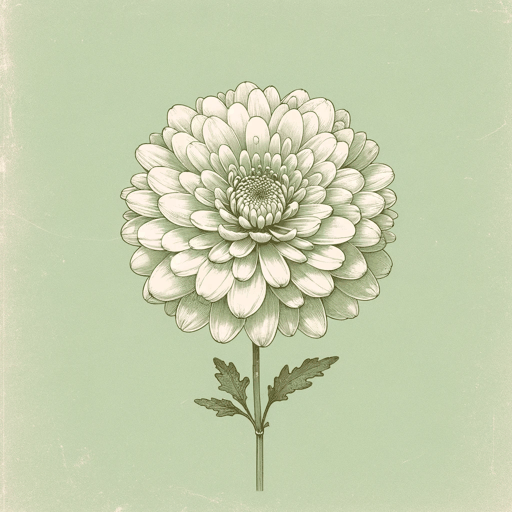
The Chrysanthemums
John Steinbeck
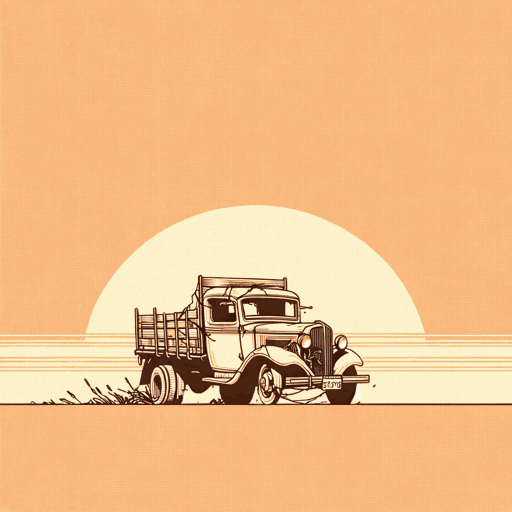
The Grapes of Wrath
John Steinbeck

The Log From The Sea of Cortez
John Steinbeck

The Long Valley
John Steinbeck

The Moon Is Down
John Steinbeck

The Pearl
John Steinbeck
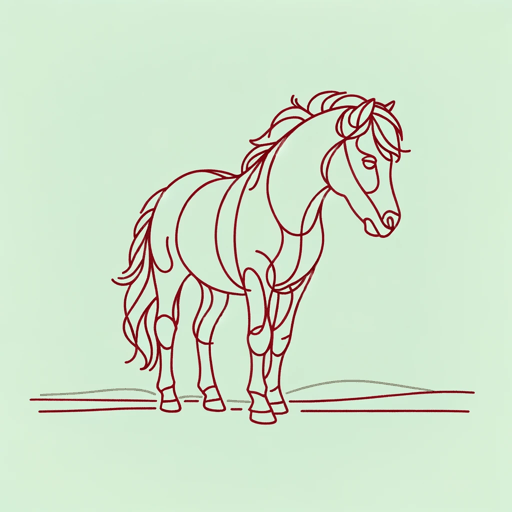
The Red Pony
John Steinbeck
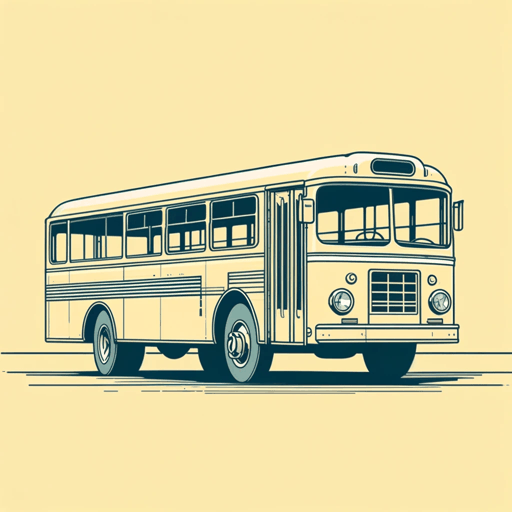
The Wayward Bus
John Steinbeck
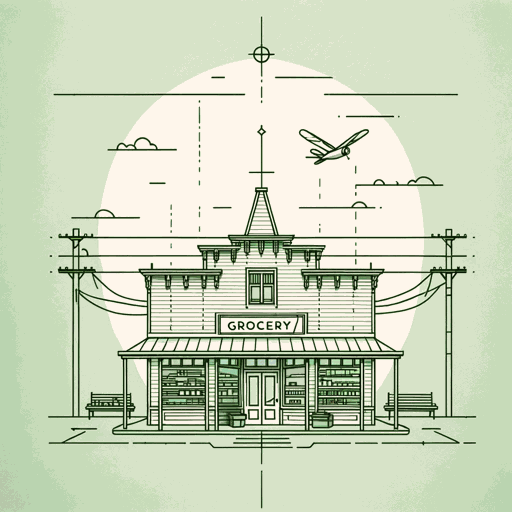
The Winter Of Our Discontent
John Steinbeck

To a God Unknown
John Steinbeck

Tortilla Flat
John Steinbeck
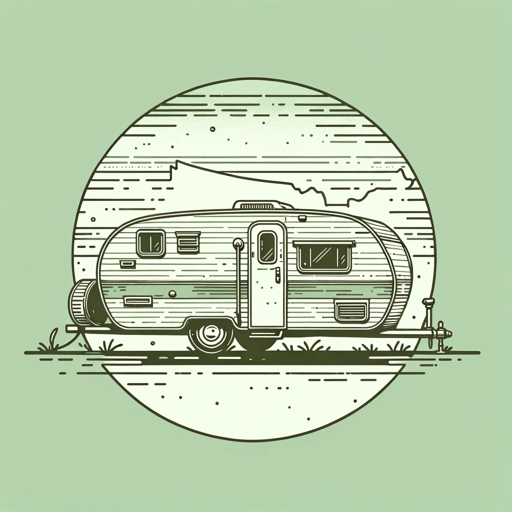
Travels With Charley
John Steinbeck
